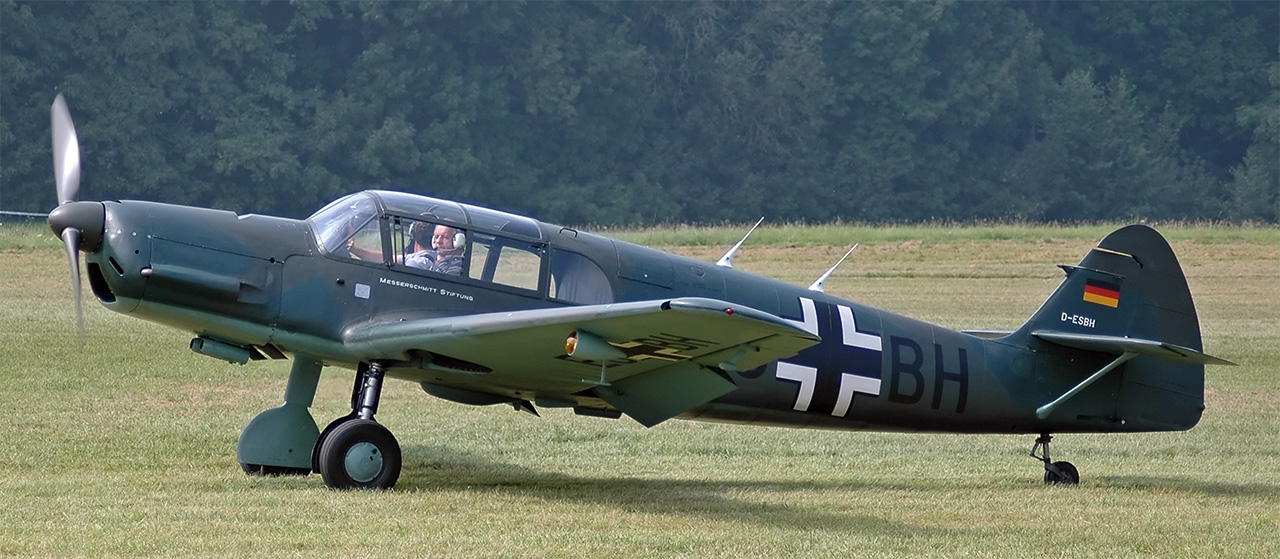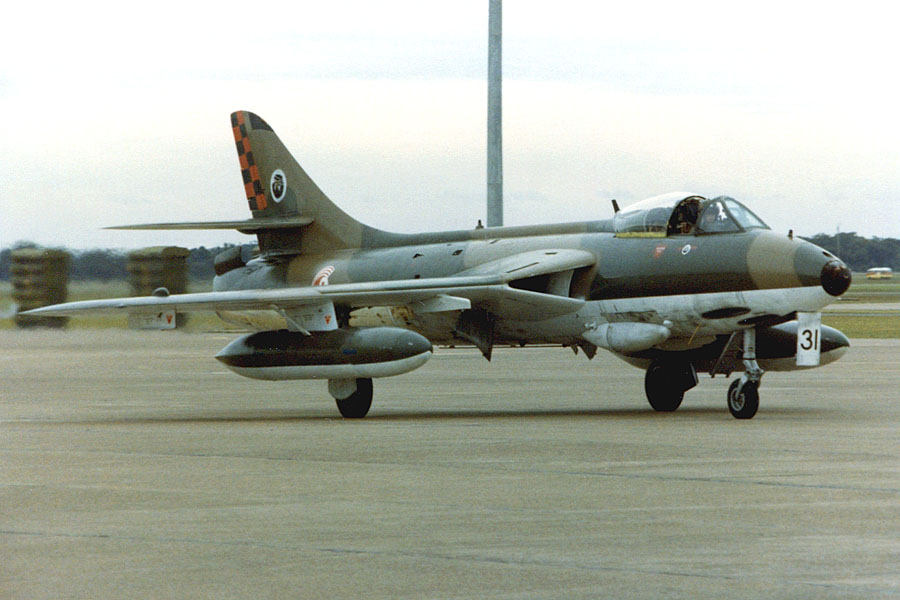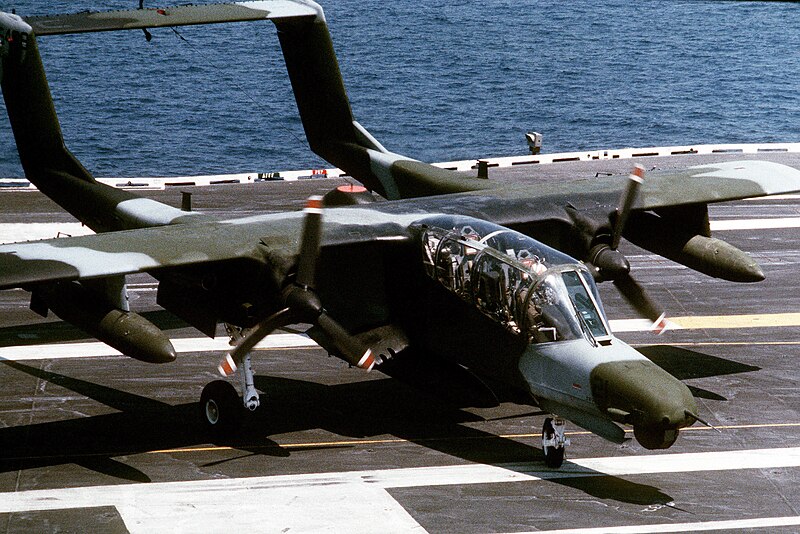Well given that he flew both aircraft extensively (ME-262 with the Luftwaffe and Meteor with Argentinian Air Force) I would suggest his views are well founded in experience.
The ME-262 performed very well in combat as a large number of Allied aircraft discovered my guess is that both the Meteor and the ME-262 would have run out of fuel before that 15 hours was up.
Against slow moving Bomber Formations yes, against fighters a different story.
1. First of all in order to engage fighters the 262 would have been forced to massively throttle down otherwise it would have overshot its target. Reducing the throttle would have cost the 262 the only advantage it had over Allied fighters. Furthermore while its top speed was exceptional, its acceleration was painfully slow.
2. Secondly the 262 had poor maneuverability at low altitude <10,000ft where most dogfights took place it would have never been able to stay on the tail of a fast juking aircraft like a Spitfire or P-51. Because of this 262 pilots were told to avoid combat with slower speed fighters.
To make a 180 degree turn the 262 moved like a bus in Mud. The 262 rate of turn was terrible and it also massively bled speed while turning. A allied fighter tactic was to allow the 262 to make its pass on the bombers, wait for it to begin it to begin its turn, then gun the throttle in order to catch the decelerated 262 either in the turn or just coming out of it.
3. Last problem with the 262 as a dog-fighter was its armament. The 262 carried 4x30mm cannon. In 1945 the 30mm packed a real wallop but it was a low velocity projectile. Against a Heavy Bomber this isn't a problem because the Bomber flies mostly straight and level, but against a fast juking fighter its slow speed made it difficult to hit anything. A single hit however would usually des
This is why the US held off on adopting cannon weapons on fighters until after Korea, it was the invention of the multi-barrel cannons that were able to increase the ROF.
 eace:
eace:















